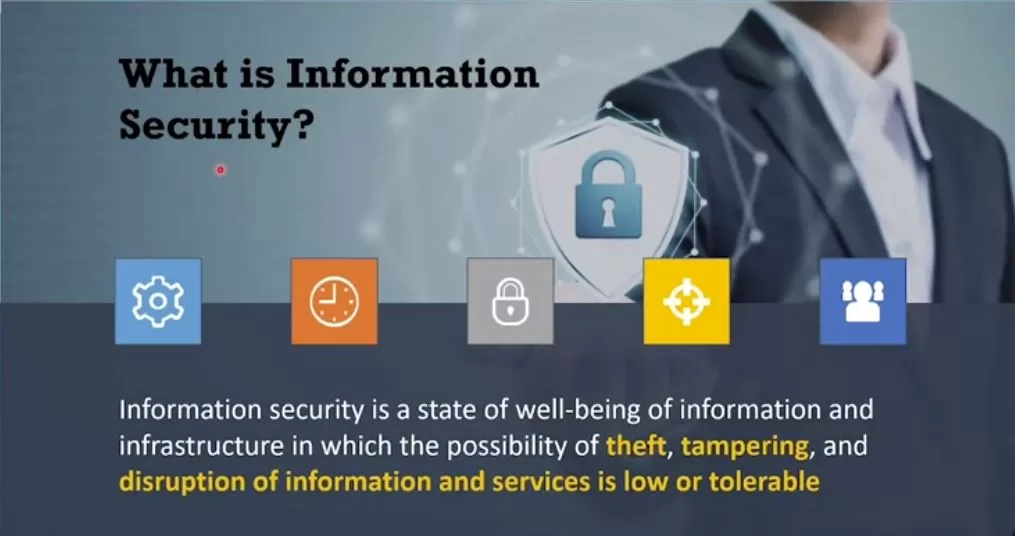In today’s fast-evolving digital world, the relentless pace of technological development is matched by the surge of sophisticated cyber threats. As hackers refine their techniques, organizations must stay one step ahead to safeguard their critical assets. Enter Extended Detection and Response (XDR), a cutting-edge cybersecurity solution gaining momentum in the market. But what makes XDR stand out? Let’s dive in.
Understanding XDR
Extended Detection and Response, or XDR, is not just another acronym in the cybersecurity lexicon—it’s a strategic revolution. Unlike traditional tools that often operate in isolation, XDR integrates and analyzes data across multiple security layers. This includes endpoints, networks, servers, and more, harmonizing them into a single, cohesive system. The primary aim? To enhance visibility, improve threat detection, and streamline incident response.
Features that Set XDR Apart
- Holistic Visibility: XDR dissolves the silos that typically fragment security operations. By providing a unified view across various platforms, it ensures comprehensive monitoring, leaving fewer opportunities for threats to slip through unnoticed.
- Advanced Threat Detection: Leveraging the power of advanced analytics and machine learning, XDR identifies patterns that may signal an attack. This proactive approach helps catch sophisticated threats that might elude standard security measures.
- Integrated Response Capabilities: Once a threat is identified, XDR can automatically execute predefined actions to neutralize it. This rapid response feature is crucial in minimizing potential damage and downtime.
- Scalability and Flexibility: Designed to adapt to growing IT ecosystems, XDR solutions can scale with business needs, covering new endpoints and accommodating evolving threat landscapes.
Benefits of Adopting XDR
The advantages of XDR are profound:
- Increased Efficiency: By centralizing threat data, security teams can quickly gather insights and act without jumping between diverse tools. This consolidated approach boosts productivity and reduces the strain on overworked teams.
- Cost-Effectiveness: Combining multiple security functions into one unified package can significantly lower operational costs associated with maintaining separate solutions.
- Enhanced Threat Detection: XDR’s ability to correlate information from various sources means it is adept at identifying and mitigating advanced threats that single-vector solutions might miss.
Top XDR Solutions in the Market
Several leading cybersecurity vendors are pushing the boundaries of XDR technology. Here are some notable solutions:
- Palo Alto Networks Cortex XDR: Offers a unified platform that combines endpoint, network, and cloud security data for comprehensive threat detection and response.
- Microsoft Defender XDR: Leverages Microsoft’s vast ecosystem, providing deep insights, automation, and cross-platform security integration.
- Trend Micro Vision One: Focuses on cross-layer detection with strong analytics, providing visibility across endpoints, email, and cloud workloads.
- Cisco XDR: Harnesses Cisco’s extensive network security expertise, integrating threat intelligence and automation to streamline security operations.
- SentinelOne Singularity XDR: A leader in autonomous AI-driven endpoint security, SentinelOne’s XDR platform offers real-time detection, automated response, and seamless integration across various security layers, making it a standout choice for forward-thinking organizations.
- Fortinet FortiXDR: Focuses on simplifying security operations with AI-driven threat detection and unified responses across network and endpoint defenses.
The Market and Beyond
As organizations face escalating cybersecurity threats and digital transformation accelerates, XDR adoption is anticipated to grow rapidly. Industry giants like Palo Alto Networks, Microsoft, Cisco, SentinelOne, and Fortinet are rapidly enhancing their XDR offerings, pushing the market forward. Analysts forecast significant growth in this sector as businesses recognize the need for more integrated, automated, and intelligent security solutions.
However, integrating XDR into existing environments can be complex, requiring strategic planning, skilled personnel, and a clear understanding of organizational needs. Despite these challenges, the benefits of XDR in providing comprehensive, proactive security make it a compelling investment.
Conclusion
XDR is more than just an innovative security tool; it’s a transformative approach to cybersecurity, combining automation, deep visibility, and advanced analytics to improve threat detection and response. From industry leaders like SentinelOne, Microsoft Defender, Cisco, to Palo Alto Networks, the landscape of XDR solutions is rich with options tailored to various organizational needs.
As cyber threats continue to evolve, organizations that adopt XDR will be better prepared to defend their digital assets A strategic shift towards integrated, intelligent security systems is no longer optional—it’s essential.
Stay tuned for more insights into how XDR technology will shape the future of cybersecurity and help your organization stay resilient amid threats.




